Miniature Guns: The Incredible World of Tiny Firearms Masterpieces
Miniature Arms Industry: when “you think small” is a compliment
“Thinking small” is often seen as a negative trait in the world of industry and commerce. However, in the realm of miniature arms and weaponry, it is a prerequisite for truly appreciating and understanding these beautiful artifacts. Those who collect or create these miniature treasures possess a unique ability to think on a Lilliputian scale, which allows them to see the beauty in the small and intricate details. Let us all strive to embrace this perspective and find joy in the little things in life.
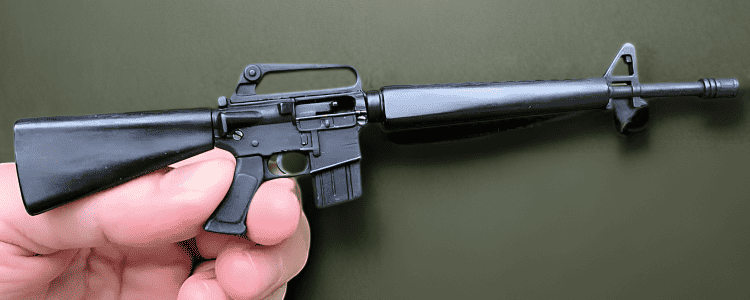
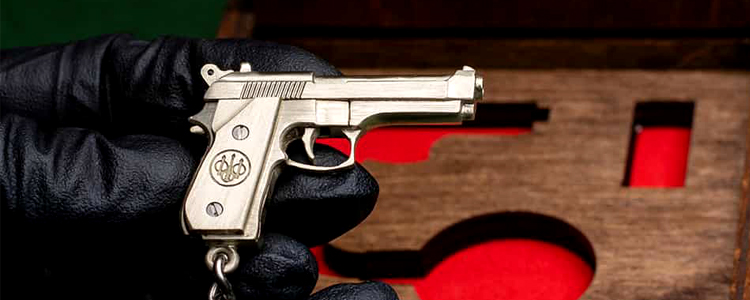
What precisely constitutes a miniature firearm?
Throughout history, miniature firearms have been known by minikins, minuscule, petite, curios, minis, and models. But what truly defines a miniature firearm is its remarkable attention to detail. Imagine a firearm built at a reduced scale of at least two-fifths or smaller, with the same materials, finishes, and markings as the original. Imagine it having all the same operating features as its full-sized counterpart, capable of functioning and cycling through all operations and firing with the same ammunition. Creating such a piece requires exceptional skill and technique, and it is truly a testament to the ingenuity and craftsmanship of its maker.
By applying specific criteria and qualifications, we can compare different types of miniatures, including edged weapons, articulated suits of armor, and even cannons. However, it is essential to note that items such as military figurines, “lead soldiers,” model tanks, and planes, while equally fascinating, do not fall under the miniatures category. Each subject should be appreciated on its own merits, and we will focus solely on miniatures in this article.
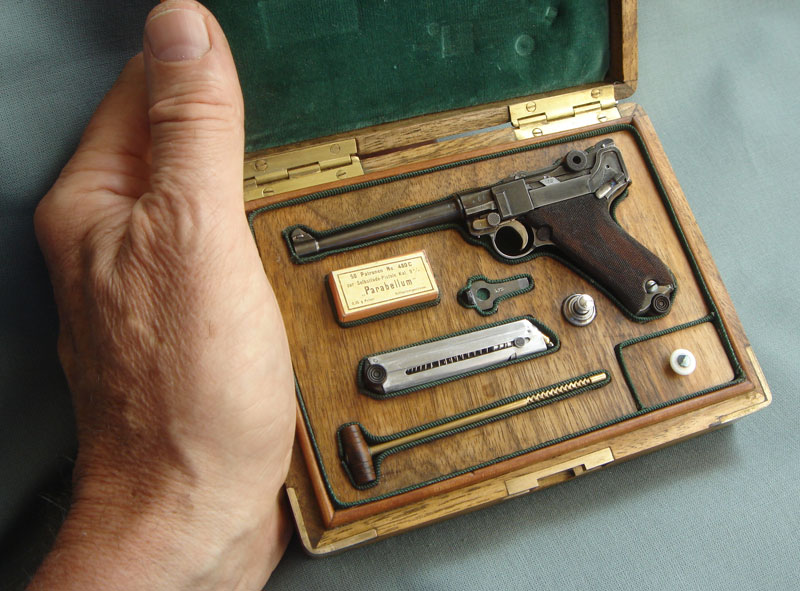
Gun Miniature Makers
Miniature-making craft requires a unique set of skills and qualities to work under strict conditions. Miniature makers can be classified into two categories based on the type and quantity of miniature firearms they want to create. One type of artisan prefers to use manual tools instead of machines as much as possible, exemplifying the techniques used to create one-of-a-kind pieces such as Winchester (scale 1:6) Miniature Rifle. The other type of maker uses available equipment and machinery to produce a limited production run of specific models and types despite the minimal market. Regardless of the kind of maker, miniature-making craft demands dedication, attention to detail, and a true passion for the art.
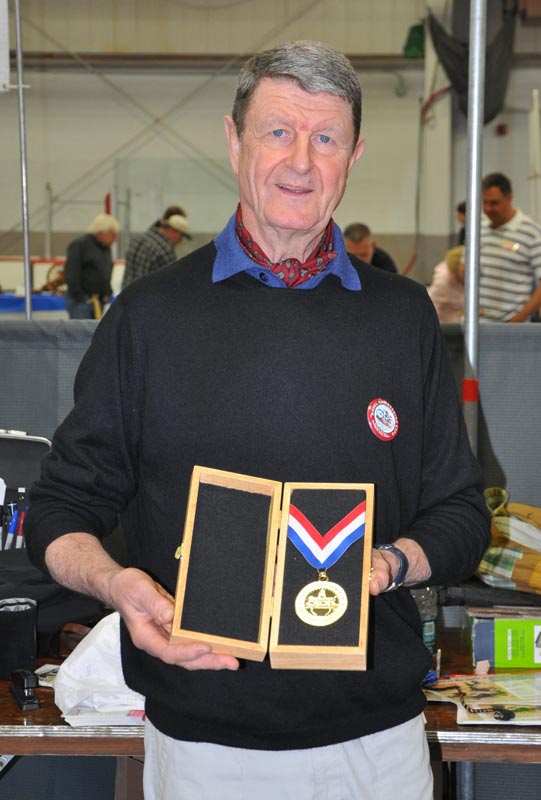
The Art and Precision of Crafting Detailed Miniatures
The craft of making requires a diverse range of skills and talents, such as metalworking, engraving, and fabricating, to be successful. It demands patience, precision, and a steady hand to create something remarkable. While such requirements may seem daunting, it is essential to remember that despite the challenges, there are more skilled craftsmen in the United States and Canada now than at any point in history. With dedication and perseverance, one can become an exceptional maker and bring their unique creations to life.
Creating finely detailed miniatures is an art that requires not only skill and talent but also time. Makers spend countless hours perfecting their craft, pouring their hearts and souls into each piece. The demanding work required for museum-quality pieces is a testament to their dedication and passion. Despite their challenges, they persist in their pursuit of excellence, knowing there is no shortcut to producing quality craftsmanship. Their commitment to their art inspires us all.
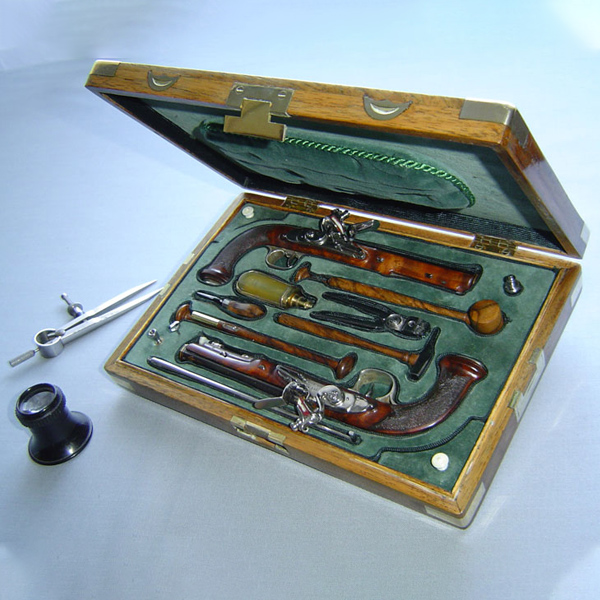
Tiny Masterpieces: High Investment of Collecting Mini-Firearms
The art of creating miniature firearms dates back to the invention of gunpowder and guns. Some of the finest museum collections have examples of Wheelocks made in the 1560s. Regardless of when they were made, miniature guns reflect a master’s touch and must be considered labor-of-love projects. Otherwise, their acquisition costs would be almost prohibitive. Since putting an hourly rate on a high-art object is extremely difficult, this costing system should not be attempted to establish value. It is better to acquire a miniature firearm as an example of a person’s dedication to their art, history, and culture.
In the past, miniature artworks were primarily commissioned by royalty, and their cost was not a significant concern as pride of ownership was of utmost importance. Nowadays, there are two types of collectors: the investor and the art student. The former has the financial resources to invest in this form of high art and expects a return on investment, while the latter is a true collector who values the historical and cultural significance of the artworks and wants to pass on this legacy to future generations. The latter type of collector can build a fine collection by trading, making duplicates to be used as bait in acquiring additional collectibles, and engaging in other activities related to this exciting hobby.
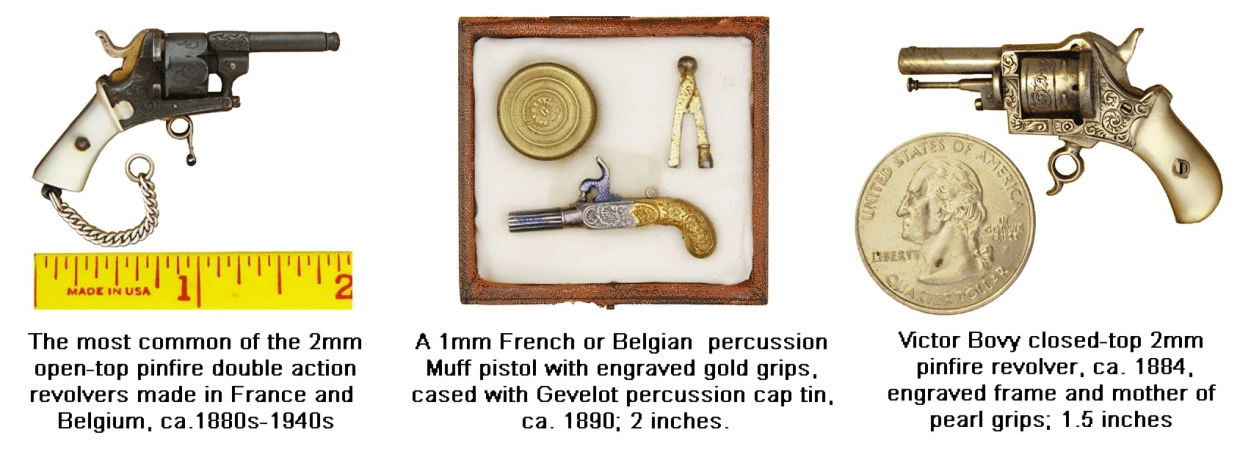
Start collecting mini firearms
As you explore the world of miniature collecting, you’ll find artisans who showcase their exquisite creations across different countries using the internet. You can see and appreciate their craftsmanship from afar, from detailed photographs to demonstration videos. You might think that collecting miniatures is only for the elite few, but anyone can attain their dream collection with dedication and perseverance. Some might seek museum-quality pieces, while others settle for miniatures, scale models, novelties, charms, or toys. They may not be as authentic as the real deal, but they still offer a glimpse into the fascinating world of miniatures.
Collecting miniatures can be a rewarding hobby; the key is being patient and knowledgeable about your subject. Wait for the right time to pick up exceptional pieces or real bargains, but remember that bargains don’t always mean buying the cheapest items. It’s essential to appreciate the value of what you acquire, as this will make it easier to dispose of them later. Trading is still the best way to get what you want, and it’s sometimes about something other than financial gain. Sometimes, it’s about exchanging items that hold a special meaning to you. You can become a successful and fulfilled miniature collector by following these tips.
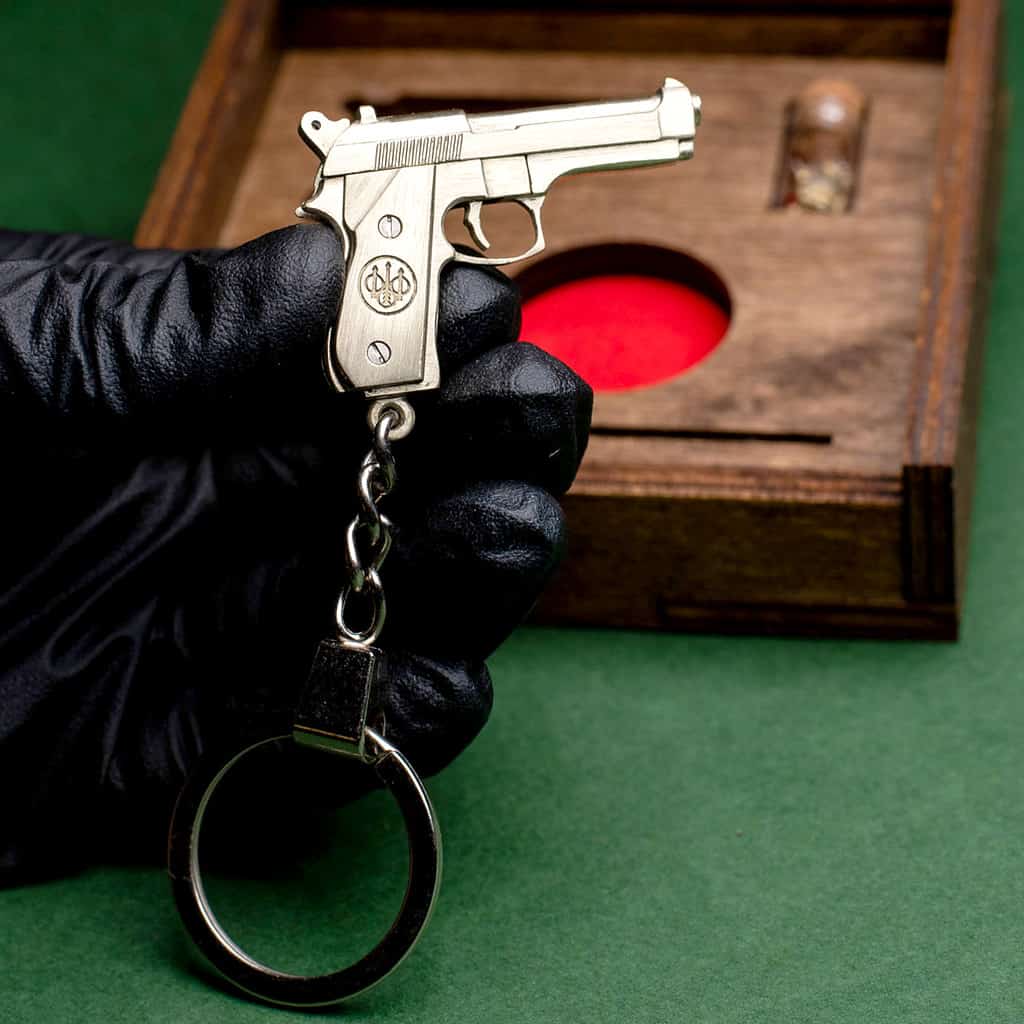
About the Author
My name is Olha Polah, and I have been working in miniature weapons production since 2015. I started the mini firearms brand and have been running the brand’s Instagram page since 2016. The brand’s miniatures are popular worldwide, with fans in 25+ countries. I became the sole owner of the brand in 2018 and created a comprehensive line of miniatures. More than 60 models of miniature weapons from various historical periods have been created. In November 2023, I was interviewed by Robert Dunn for the GunTech magazine, where I talked about the hardships I had to endure in my business. I also run a newsletter for the brand’s customers, which has evolved into a full-fledged magazine with in-depth articles published on the wpolah.com.

My mission is to make people’s lives more joyful by sharing interesting facts about miniature weapons and inspiring everyone to express themselves.
